The core view of the planning is that "people are the center of development", with the image of Hanoi Capital shaped as the center, the driving force for the development of the Red River Delta, in which 5 development spaces, 5 corridors and economic belts are completed.
On December 12, Prime Minister Pham Minh Chinh signed Decision No. 1569/QD-TTg approving the Hanoi Capital Planning for the 2021-2030 period, with a vision to 2050. Accordingly, the total natural area for planning is 3,359.84 km2. This is the basis for implementing urban planning, rural planning, technical and specialized planning in the Hanoi Capital area.
Defining a new vision - new global thinking
The Hanoi Capital Planning was established with a “new vision - new global thinking, Capital thinking and Hanoi action”, creating “new opportunities - new values” to develop the “Cultured - Civilized - Modern” Capital in the short and long term, contributing to bringing the country into a new era, an era of the Vietnamese people's rise.
The core view of the planning is “people are the center of development”, with the image of Hanoi Capital being shaped: “Cultural capital - globally connected, elegant and gallant - harmonious development - peaceful and prosperous - serving government - dedicated businesses - trusting society - happy people”.
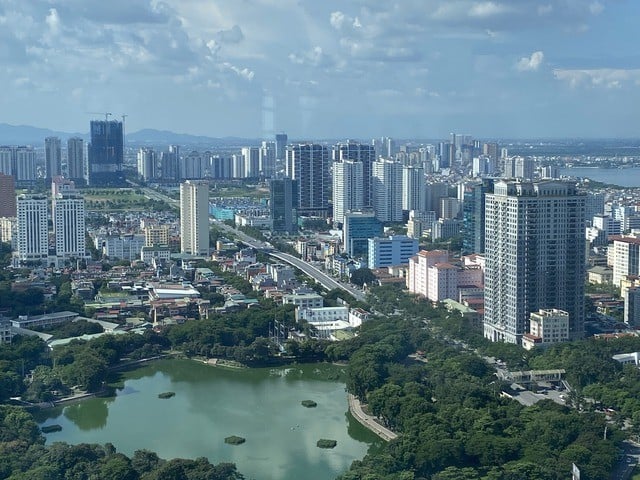 |
| A corner of Hanoi seen from above (Photo: TL). |
The plan sets out 5 general development perspectives, in which the development of the Capital is consistent with the country's socio-economic development strategy, with the national master plan and the Red River Delta regional plan. Arousing the aspiration to develop a "Cultured - Civilized - Modern" Capital, green, smart, on par with the capitals of developed countries in the region and the world .
Development of central structures - corridors and development axes
In terms of spatial organization, Hanoi's socio-economic development space is arranged and distributed according to the center-line structure of economic corridors, belts and development axes, along with a synchronous transport infrastructure system for socio-economic development, regional, national and international connectivity; closely linking the industrialization and modernization process with urbanization; harmoniously developing urban and rural areas.
Develop and exploit effectively and harmoniously 5 spaces: Public space, overhead space, underground space, cultural - creative space and digital space.
The Red River is the green axis, the central landscape axis of the Capital, a cultural, heritage, tourism and service space, connecting the Capital Region and the Red River Delta.
Urban space is developed according to the model of central urban areas and cities in the capital, satellite cities, and ecological towns. Developing new urban models according to specific functions: Transport-oriented urban areas (TOD), science and technology urban areas, airport urban areas, tourism urban areas...
Developing rural space ensures harmony between urbanization, economic development, preservation of cultural identity and protection of natural landscape and environment; creating modern living conditions while still maintaining traditional characteristics; preserving and promoting the values of natural landscape, cultural and historical values.
Building development spaces, corridors and economic belts
Plan for organizing socio-economic activities according to the model: 5 development spaces - 5 economic corridors and belts - 5 development driving axes - 5 economic and social regions - 5 urban regions
Of which, 5 development spaces include overhead space, underground space, public space, creative cultural space and digital space.
The economic corridors and belts of the Capital are formed on the basis of economic corridors identified in the National Master Plan.
5 dynamic axes include: Red River axis; West Lake - Co Loa axis; Nhat Tan - Noi Bai; West Lake - Ba Vi and the Southern axis.
5 socio-economic regions: Central region (including the historical inner city area; central urban area and expanded central urban area south of the Red River); Eastern region; Southern region, Western region and Northern region.
5 developed urban areas include: Central urban area, Western urban area, Northern urban area, Southern urban area and Son Tay - Ba Vi urban area.
| Hanoi is the center and driving force for regional development. According to the planning content, the goal by 2030 is to develop the capital Hanoi as "Cultured - Civilized - Modern", green, smart, a place where cultural quintessence converges, deeply integrated internationally, highly competitive, and with a development level on par with the capitals of developed countries in the region. Hanoi is the center and driving force for the development of the Red River Delta, a growth pole with a leading role in the country's economy, with influence in the region; a major financial and economic center; a leading center of education - training, healthcare, science - technology and innovation; a peaceful city with happy people. By 2050, Hanoi Capital will be a global, green - smart - peaceful - prosperous city, worthy of representing the position of a strong and prosperous Vietnam; with comprehensive and unique economic, cultural and social development, representing the whole country; with a leading level of development in the region, on par with the capitals of developed countries in the world; a place worth visiting and staying, a place worth living and contributing. People will have a high standard of living and quality of life. Average GRDP per capita is about 45,000 - 46,000 USD; urbanization rate is about 80 - 85%. The five key tasks set out are environmental and landscape protection; urban and rural development; economic development; socio-cultural development and science, technology and innovation development. The four breakthroughs include: Institutions and governance; synchronous, modern and connected infrastructure; development of high-quality human resources, science and technology and human resources; urban areas, environment and landscape. |
Source: https://thoidai.com.vn/5-khong-gian-phat-trien-5-hanh-lang-va-vanh-dai-kinh-te-208505.html





![[Photo] Prime Minister Pham Minh Chinh launched a peak emulation campaign to achieve achievements in celebration of the 14th National Party Congress](https://vphoto.vietnam.vn/thumb/1200x675/vietnam/resource/IMAGE/2025/10/5/8869ec5cdbc740f58fbf2ae73f065076)


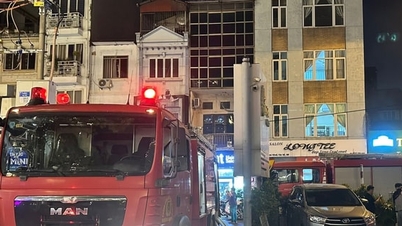

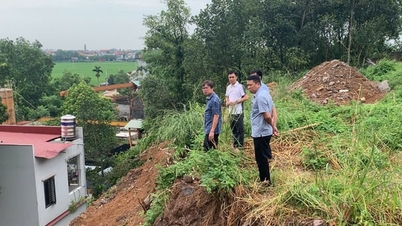


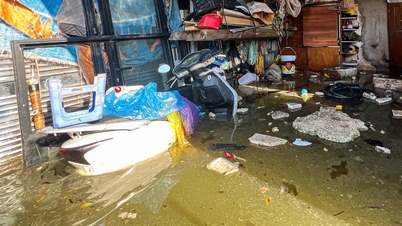



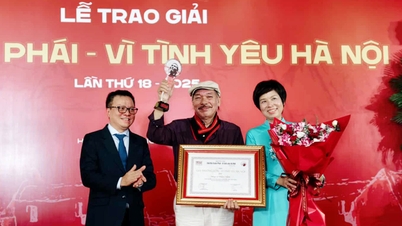

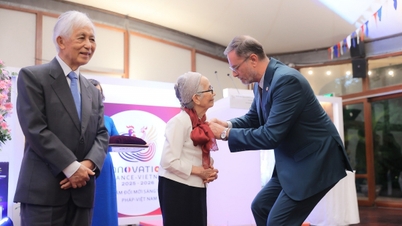
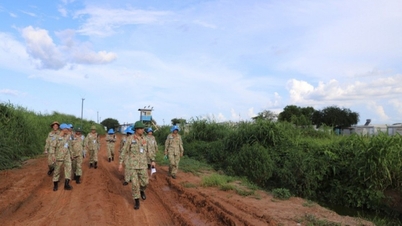

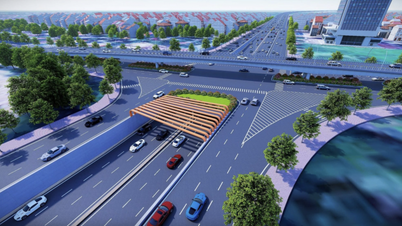
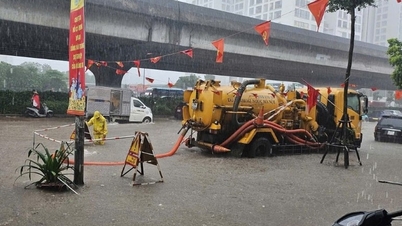
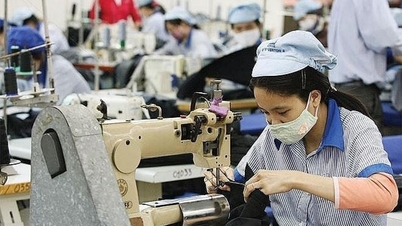




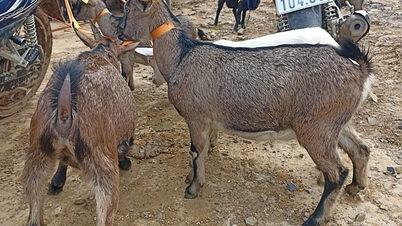
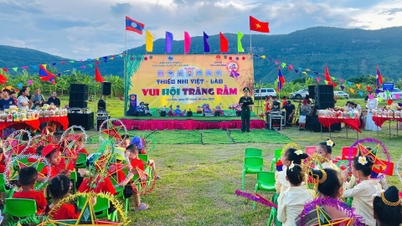
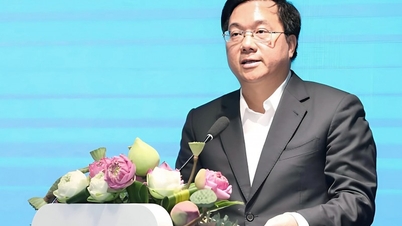
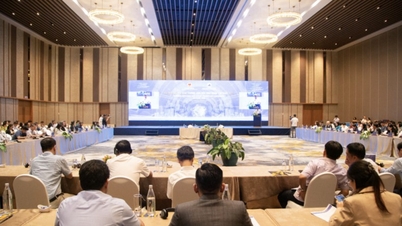
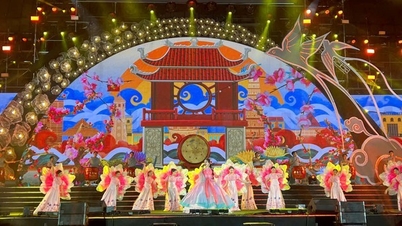
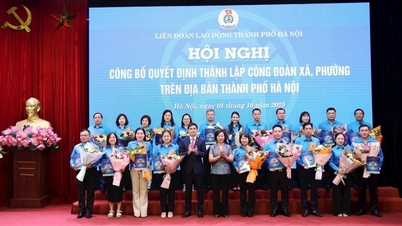

![[Photo] Bustling Mid-Autumn Festival at the Museum of Ethnology](https://vphoto.vietnam.vn/thumb/1200x675/vietnam/resource/IMAGE/2025/10/4/da8d5927734d4ca58e3eced14bc435a3)























![[VIDEO] Summary of Petrovietnam's 50th Anniversary Ceremony](https://vphoto.vietnam.vn/thumb/402x226/vietnam/resource/IMAGE/2025/10/4/abe133bdb8114793a16d4fe3e5bd0f12)

![[VIDEO] GENERAL SECRETARY TO LAM AWARDS PETROVIETNAM 8 GOLDEN WORDS: "PIONEER - EXCELLENT - SUSTAINABLE - GLOBAL"](https://vphoto.vietnam.vn/thumb/402x226/vietnam/resource/IMAGE/2025/7/23/c2fdb48863e846cfa9fb8e6ea9cf44e7)














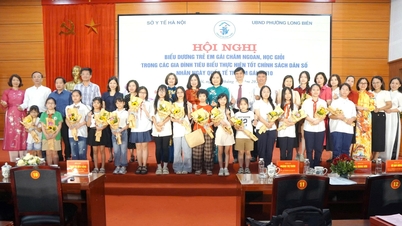
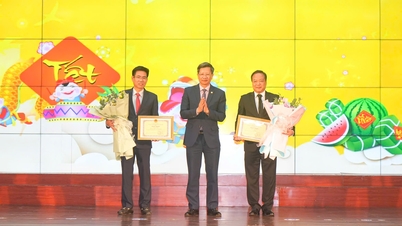

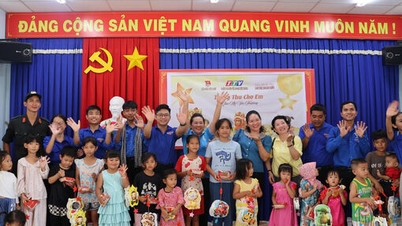

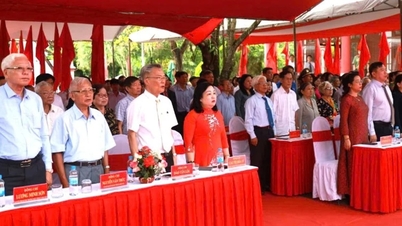

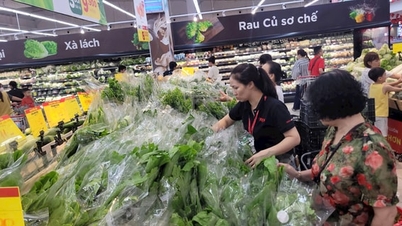
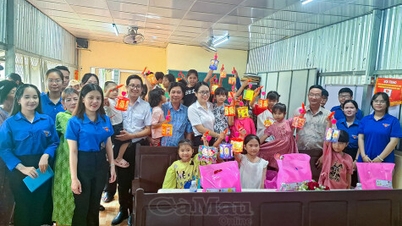













Comment (0)